High -salt, high oil, high -calorie snacks, are you still buying and buying?
Author:Healthy China Time:2022.06.18
to see the popular science and understand life
not
When people love events, go out to play, reward their children, or want to do themselves, many people will choose "online shopping" snacks. Although snacks are delicious, choosing reasonable can also enrich dietary nutrition, but if the choice is not appropriate, it may damage health. So how do you choose? Let's follow the nutritionist and analyze several types of popular "net red snacks".

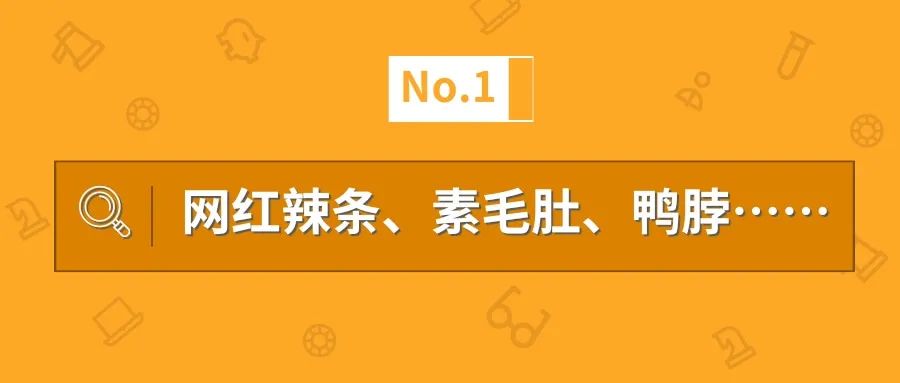
"Chinese Resident Dietary Guide (2022)" recommends that adult salt intake is 5 grams per day, and preschool children (3 to 6 years old) are controlled within 3 grams, including edible salt that everyone knows, and more needed more needed. A lot of snacks, such as spicy strips, pickled products, desserts, honey, seafood, seafood, etc. are also considered.
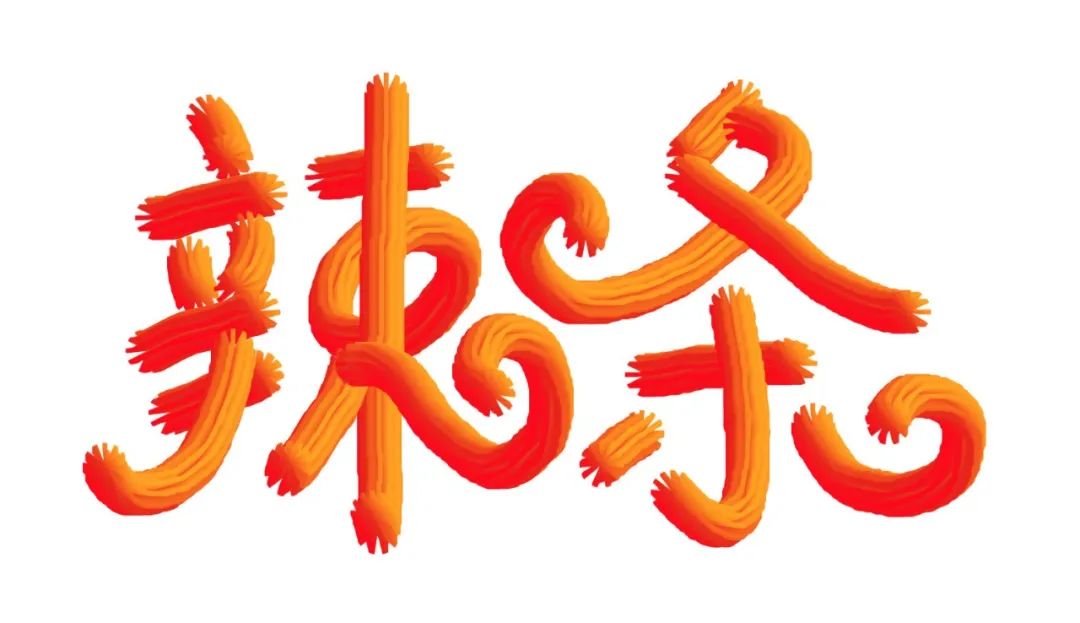
However, packaging foods do not indicate the specific amount of salt, but sodium marked in the nutritional table. 1 gram of salt is about 393 mg sodium, and the reference intake of adult sodium daily sodium is 2000 mg. Calculated by this standard, the proportion of sodium can reach 75%to 130%of the total standard intake per 100 grams of net red spicy strips, plain hair belly, and duck necks, and even reaches more than 150%.
In other words, the snacks of most packaging foods are proper high salt. Eating them often causes themselves to be in the risk of hypertension, cardiovascular disease, gastric cancer, etc.
In particular, some people are reminded that if you buy spicy strips, duck necks, braised vegetables and other foods from small workshops, there may be hidden food safety hazards. It is recommended to choose carefully. When buying snacks through regular channels, pay attention to check the sodium content of food. Foods with more than 30%NRV (reference value of nutrients), pay attention to buy less and eat less.
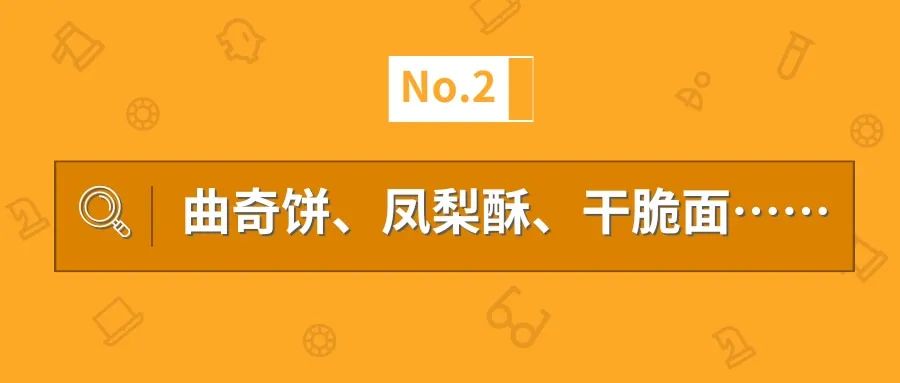
"Chinese Resident Dietary Guide (2022)" recommends people over 4 years of age. Dietary fat supply accounts for 20%to 30%of the total energy, of which saturated fatty acids are lower than 10%of the total energy. And these "sounds delicious" snacks, each 100 grams of fat accounts for 20%to 55%of NRV. Special names are named potato chips, which can account for 57%per 100 grams of fat and 83%of saturated fatty acids. That is to say, eating these snacks can easily cause fat intake.
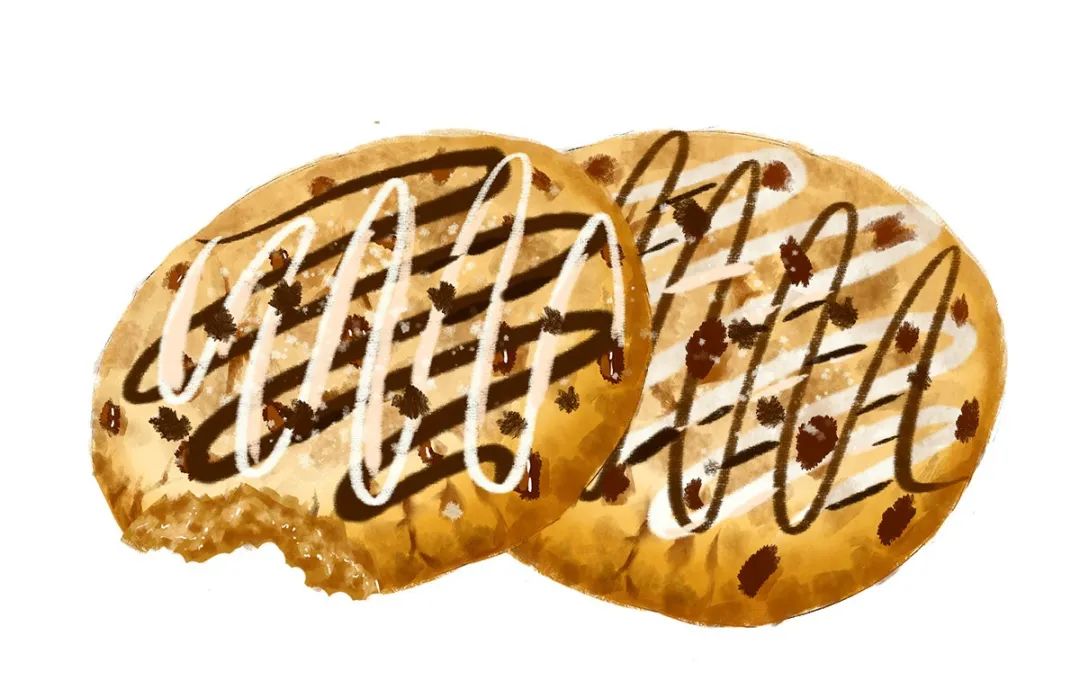
Another "indicator" that needs special attention is trans fatty acid. Its names are diverse, including edible hydrogenated oil, butter, plant lipids, artificial butter, artificial cream, plant butter, plant cream, etc. If the food ingredients contain trans fatty acids, or use trans fatty acids in production, they need to be marked in the nutritional component table. However, in reality, most of these snacks are labeled by 0, but they are not without, but the amount of trans fatty acids per 100 grams of food is less than 0.3 grams.
Seeing this data, everyone will feel "so little, it doesn't matter", but the guide recommended by adults and children over 2 years of age is lower than 1%of the total energy, that is, the daily intake No more than 2 grams. This kind of processing and fried snacks have a good sense of mouth and sufficient fragrance, which makes people want to eat it, it is easy to be too much. At the same time, because of rich saturated fatty acids and trans fatty acids, eating such foods often increases the risk of obesity, atherosclerosis and coronary heart disease, and also affects the normal development and memory of children and adolescents.
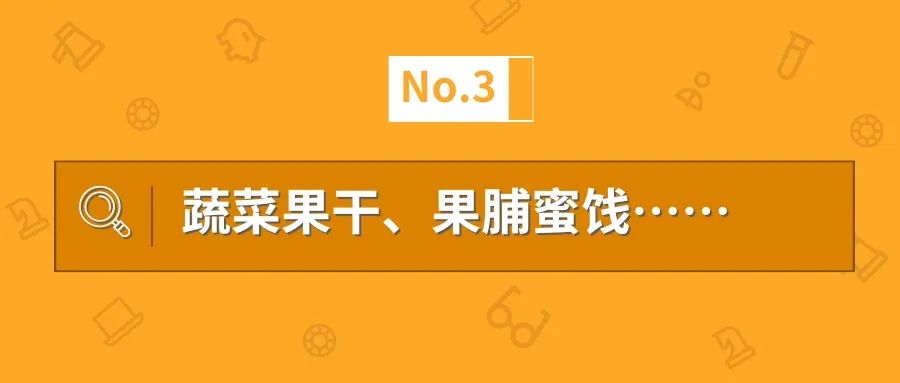
Add sugar is a pure energy food. The "Chinese Resident Dietary Guide (2022)" recommends that the energy provided by sugar per day does not exceed 10%of the total energy, preferably not more than 5%of the total energy; Grace, it is best to control within 25 grams. The sugar content of most beverages is 8%to 11%, and the high can reach more than 13%. A bottle of 500ml of drinks has at least 40 grams of sugar content.
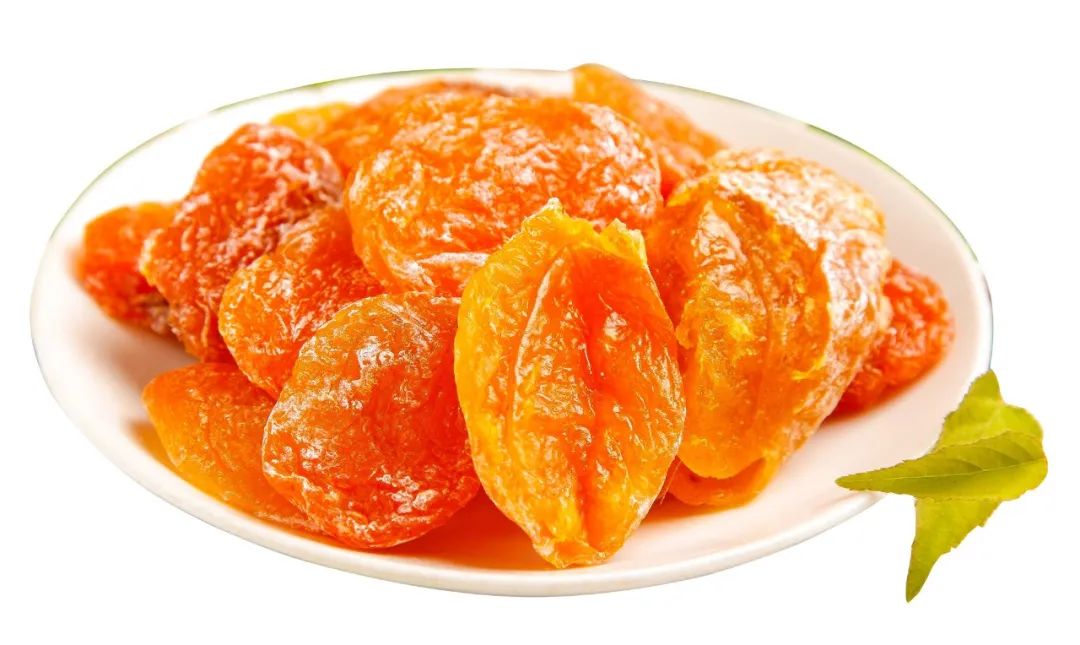
Dried vegetables and fruits, preserved fruits, etc., the sugar content of the raw materials and the amount of sugar is added. Total of carbohydrates can reach 35%to 65%, and the high can reach more than 80%. For every 100 grams of snacks, at least 35 grams of sugar. In daily life, some people use drinks instead of boiled water, or use dried vegetables and fruits and fruits to replace fresh fruits and vegetables. They often eat more, resulting in a large amount of additional sugar intake.
Many research data show that the intake of too much sugar can increase the risk of dental caries and overweight obesity, and can also cause a variety of chronic diseases, such as diabetes and hyperuricemia. Especially children and adolescents, it is recommended not to drink or drink less sugary drinks, and do not eat high sugar food.

The "2021 China Sugar -free Beverage Market Trends Insight Report" pointed out that the size of the sugar -free beverage market has increased by more than 7 times compared with 2014. Sugar -free drinks have become Internet celebrity drinks for contemporary young people. Food companies and baking shops also follow the trend of the times and launch foods such as sugar -free biscuits, sugar -free cakes. But, are these drinks and foods really healthy and healthier?
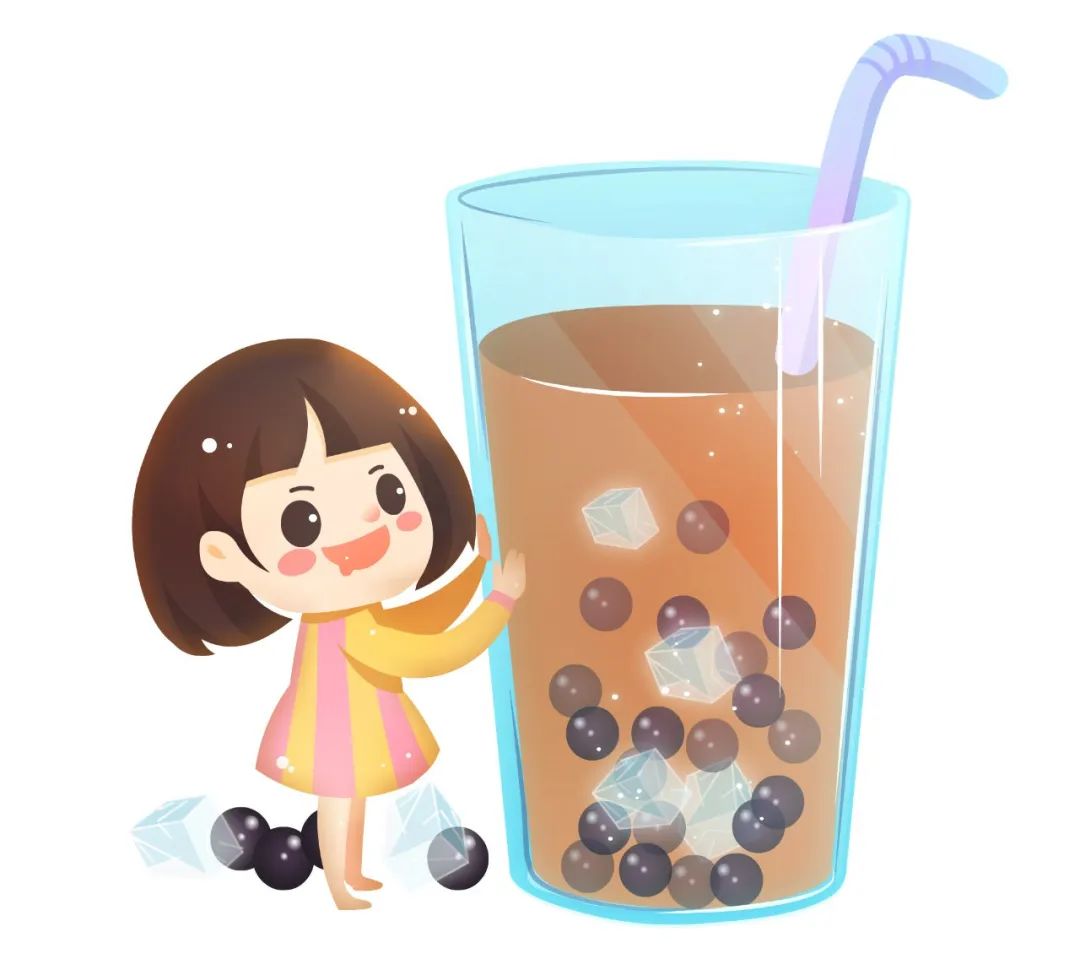
The national standard of food safety stipulates that if the amount of carbohydrates per 100 grams of food per 100 ml of food is less than 0.5 grams, it can be marked as sugar -free, but these foods may actually contain a small amount of sugar. Some sugar -free foods are still very sweet, because sugar -free sweetes, that is, sugar, replaces glucose, fructose, sucrose, maltose and other sugar. Sugar (such as pielisol, maltol, mossyl alcohol) and non -nutritious sweetener. Nutritional sweeteners are divided into artificial synthesis (such as Asba Sweet, trichlorite, Sugar) and natural (such as steva candy and Luo Han fruit candy). Many of the "0 sugar low cards" or "0 sugar 0 cards" are available in the market, which is added with moss, trichlorite, jelly glycol, and chrysanthemum sugar. Although it is called sugar -free food, these foods may also stimulate the brain to feel sweet and secrete insulin hypoglycemic. In fact, there is no sugar intake, causing the body to produce signals that need to be eaten. And blood glucose control. Some research evidence shows that people who often eat sugar -free foods may increase the risk of obesity, cardiovascular disease, diabetes, and dementia, and will also damage their teeth.
Author | Ningbo First Hospital Dietary Nutrition Department Zhu Xuhui and Feng Bo
Review | National Health Science Popularization Expert Library Expert
Chen Wei, chief physician of the clinical nutrition department of Peking Union Hospital
Planning | Tan Jia Yu Yunxi
Edit | Yu Yunxi
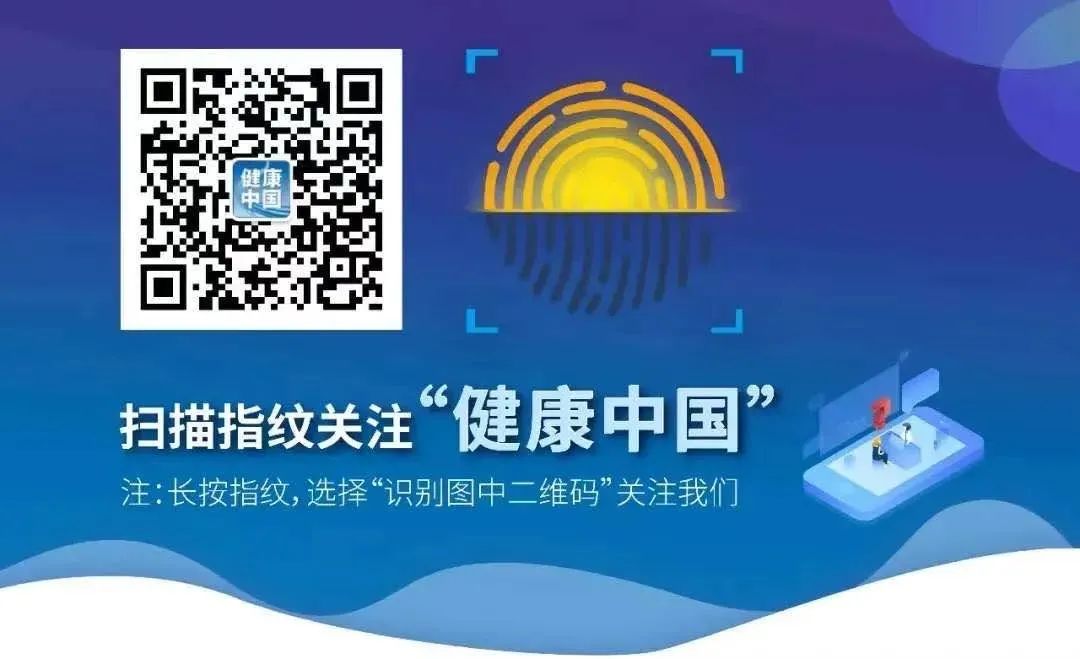
- END -
Changning County Meteorological Observatory issued a lightning yellow warning [Class III/heavier]
Changning County Meteorological Observatory issued a lightning yellow warning signal at 00:10 on June 8, 2022: It is expected to be in the next 6 hours, the county's town (pastoral), Laoshui, Zhujie,...
The Municipal Housing and Urban -Rural Development Bureau organized the preparation of the Dazhou Housing and Construction Industry Project Planning Reserve and the Municipal Investment Project Joint Conference
Recently, the Municipal Housing and Urban -Rural Development Bureau organized a joint meeting of the Dazhou Housing and Construction Industry Project Planning Reserve and the Municipal -level Investme